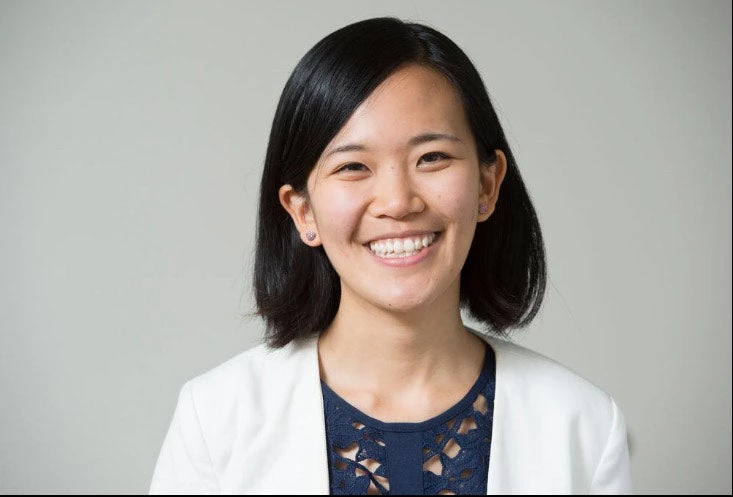If you could make one New Year’s wish for your country, what would it be?
For many Malaysians, Prime Minister Najib Razak’s wish for “a safer, more prosperous, and more equal society” likely resonated with their hopes for 2015.
Malaysians appear to be increasingly concerned about income inequality. According to a 2014 Pew Global survey, 77% of Malaysians think that the gap between the rich and poor is a big problem. The government has acknowledged that inequality remains high, and that tackling these disparities will be Malaysia’s “biggest challenge” in becoming a high-income nation.
How can Malaysia narrow the gap between the rich and poor? Global experience suggests two possible levers to achieve a more equitable income distribution.
The first and most important is to provide equal opportunities through education. When more workers have high skill levels, inequality in wages decline. Similarly, when entrepreneurs from disadvantaged backgrounds have the skills and resources to succeed, it is less likely that high-earning employers will always come from among the better-off.
Take Korea for example, where 43% of the labor force has a university degree or higher, compared to 34% in Sweden, 32% in the US, 25% in Malaysia and 17% in Brazil. In part, this is why market income inequality in Korea is among the lowest in the world (see Cheon et al for an alternative explanation).
| Gini coefficient on market income (before taxes and transfers) | Gini coefficient on disposable income (after taxes and transfers) |
 |
 |
| Market income inequality is similar in Malaysia and Sweden but after taxes and transfers Malaysia’s Gini coefficient changed by a little while Sweden’s drops, showing an increase in equality. Source: OECD, Household Income Survey 2014 (Malaysia), World Bank staff calculations | |
But isn’t Sweden one of the most equal societies in the world? Well yes, that’s where the second lever comes in. If you cannot prevent inequality in market incomes (and even Sweden cannot), then the government can use taxation and social safety nets to equalize disposable incomes –the money that people can actually spend. After accounting for taxes that reduce the disposable income of the wealthy (the marginal tax rate on top incomes in Sweden is 57%) and transfers that boost the incomes of the poor, inequality in Sweden becomes lower than in Korea.
While Brazil is still one of the most unequal countries in the world, these levers have also helped to reduce inequality. Cash transfers conditional on school attendance and programs that make post-secondary education more accessible have led to higher enrolment rates. This subsequently led to a fall in labor income inequality, accounting for about half of the decline in inequality between 2001 and 2007. The other half can be attributed to enhanced social transfers. In 2009, taxes and transfers are estimated to reduce the Gini coefficient by 0.11 points. Direct transfers such as the Bolsa Família and BPC (benefits for the elderly poor) are fairly progressive, extensive and well-targeted: 85% of the poor and 98% of the absolute poor live in households receiving at least one direct transfer.
How do these experiences relate back to Malaysia?
First, all Malaysians must be equipped with the skills to command high wages in the labor markets. While nearly all Malaysians have a secondary education, inequality at the post-secondary level is high: only 5% of young adults from the bottom income quintile earn a Bachelor’s degree, compared to 40% from the top.
Addressing these inequities is vital for socio-economic mobility. The World Bank’s latest Malaysia Economic Monitor finds that 84% of households where the head holds a Bachelor’s degree (or above) are in the “middle and upper-classes,” defined as those earning more than the national average. Analysis in the report finds that most of these disparities are due to long-run factors such as parents’ education levels. Therefore, making productive, long-term investments in high quality basic education (starting at pre-school) for all Malaysian children is essential to close the educational – and income – gaps.
A more progressive tax system would also help. The top marginal income tax rate (25%) is low compared to most OECD countries and other Asian countries such as Korea (38%) and Thailand (35%). More progressive taxation would enable the government to finance an expanded social safety net that is more consolidated, better targeted, and better aligned with the needs of lower-income groups – while maintaining fiscal sustainability.
We think that Malaysia has ample opportunities to use education and taxes/transfers to further boost shared prosperity. What has your country done successfully to reduce inequality? What do you think Malaysia could do? Share with us in the comments below.



Join the Conversation